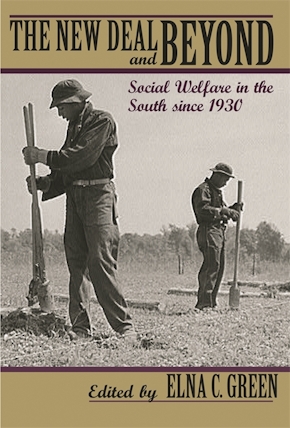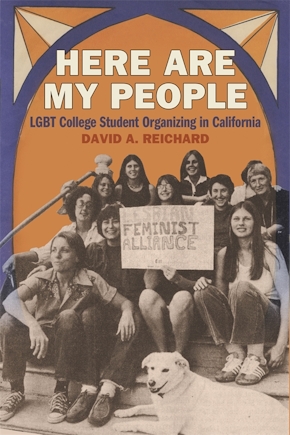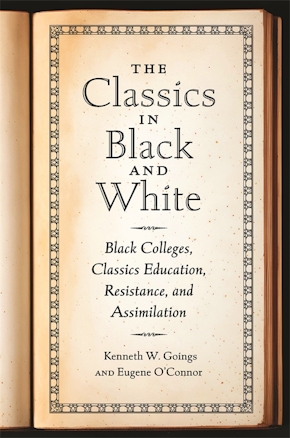Hope and Danger in the New South City
Working-Class Women and Urban Development in Atlanta, 1890-1940
Title Details
Pages: 328
Illustrations: 23 b&w photos
Trim size: 6.120in x 9.250in
Formats
Paperback
Pub Date: 09/01/2005
ISBN: 9-780-8203-2772-3
List Price: $34.95
Hope and Danger in the New South City
Working-Class Women and Urban Development in Atlanta, 1890-1940
Skip to
- Description
- Reviews
For Atlanta, the early decades of the twentieth century brought chaotic economic and demographic growth. Women—black and white—emerged as a visible new component of the city's population. As maids and cooks, secretaries and factory workers, these women served the "better classes" in their homes and businesses. They were enthusiastic patrons of the city's new commercial amusements and the mothers of Atlanta's burgeoning working classes. In response to women's growing public presence, as Georgina Hickey reveals, Atlanta's boosters, politicians, and reformers created a set of images that attempted to define the lives and contributions of working women. Through these images, city residents expressed ambivalence toward Atlanta's growth, which, although welcome, also threatened the established racial and gender hierarchies of the city.
Using period newspapers, municipal documents, government investigations, organizational records, oral histories, and photographic evidence, Hope and Danger in the New South City relates the experience of working-class women across lines of race—as sources of labor, community members, activists, pleasure seekers, and consumers of social services—to the process of urban development.
This book makes an original contribution to women's history, urban history, American studies, labor history, and southern history. The material is fresh and wonderfully developed; the writing elegant and vivid.
—Susan Cahn, SUNY Buffalo
Tells a fascinating story about race, gender, and class.
—Nan Enstad, University of Wisconsin
A careful, well-researched and incisive study of the role of working-class women in the shaping of Atlanta . . . [This] is a fine study which brings the issue of gender fully into an understanding of Atlanta's development.
—H-Net
Like Tera Hunter and Peggy Pascoe, Hickey nicely captures some of the resistance to reform that working-class women showed. . . . Hickey effectively portrays both black and white working women and reformers, pointing to moments of intersection and moments of difference between the races. Her story of working-class women and those concerned with them is an important addition to women's history and urban history.
—Journal of American History
Hickey's work provides an innovative approach to the New South city. In the end, the reader is compelled to consider how Atlanta's leaders created new perspectives on what it meant to live and work in the city. Hickey's efforts provide scholars struggling to define Atlanta's shifting identity new insight into how they defined respectability, morality, and social order in the New South.
—Georgia Historical Quarterly
Inspired by the work of Christine Stansell, Joanne Meyerowitz, and Kathy Peiss, among others, Hickey expands our dialogue about the first generation of single working women to include women in the South's premier city. . . . This book is an engagiing read and a significant contribution to our understanding of the roles of gender and race in the process of urbanization.
—Atlanta History
Hickey's work will go a long way toward opening up new channels for the discovery of women's voices. Using the urban development of a southern city as a backdrop to the issues of class and gender, the author has done an exceptional job of providing the reader with new interpretations.
—African American Review



